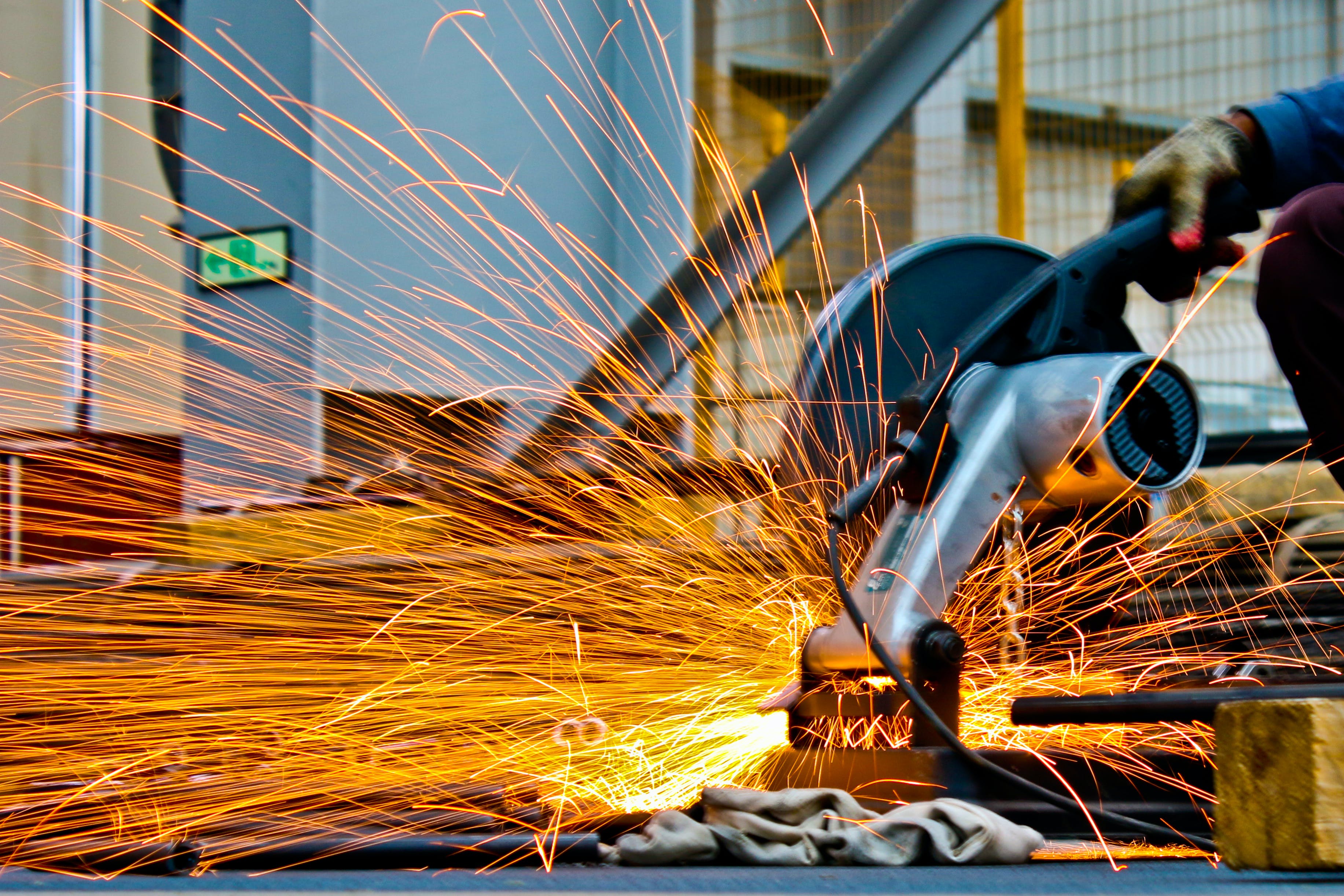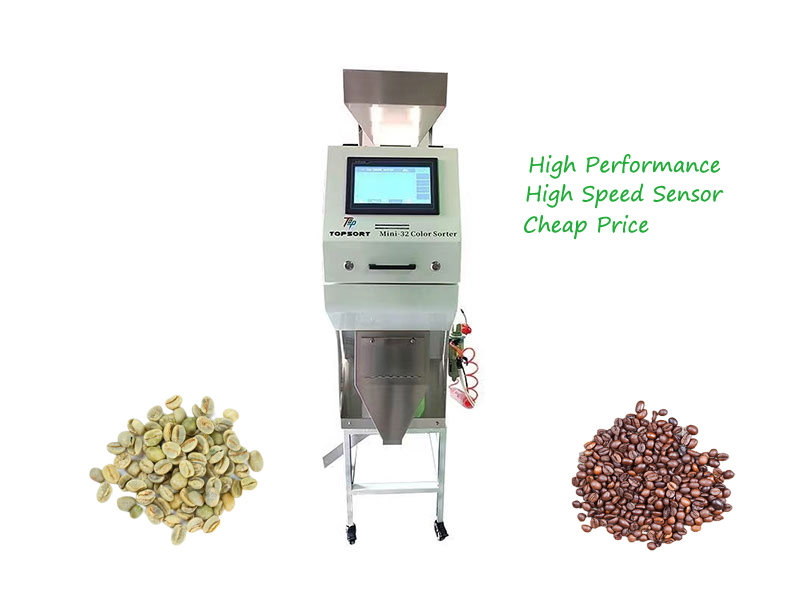In modern industrial applications, servo motors are widely used in environments that require precise control, such as manufacturing, automation, and robotics. However, when these motors are exposed to extreme temperatures, both high and low, ensuring their stable operation becomes a significant challenge. In this article, we will explore how high and low temperature servo motors address these temperature-related challenges and remain reliable under harsh conditions. Additionally, we will provide insights into the practices of a professional vacuum servo motor factory in overcoming such challenges.
The Impact of Extreme Temperatures on Servo Motors
Servo motors consist of multiple precision components, including the rotor, stator, bearings, and electronic control systems. Extreme temperatures, whether high or low, can have a detrimental impact on these components. The following are some of the effects of extreme temperatures on servo motors:
1. High Temperature Conditions:
Insulation Damage: At high temperatures, the insulation materials used in the motor windings can degrade, leading to short circuits or motor failure.
Lubrication Breakdown: High temperatures can cause lubricants in the bearings to break down, losing their effectiveness and resulting in increased wear and tear.
Overheating Protection: If the servo motor’s cooling system is inadequate, the motor may overheat, triggering safety shutdowns and causing system interruptions.
2. Low Temperature Conditions:
Reduced Lubrication Efficiency: In low temperatures, lubricants become more viscous, which can cause the bearings to stiffen and increase friction, potentially leading to mechanical failure.
Battery Performance Decrease: For servo motors integrated with battery-powered systems, extreme cold can diminish the battery's output, reducing the motor's overall efficiency.
Electrical Properties Changes: Low temperatures can also affect the electrical components, altering their resistance and causing instability in the motor’s performance.
Solutions for Overcoming Extreme Temperature Challenges
To address the challenges posed by extreme temperatures, high and low temperature servo motors need to be specifically designed and manufactured to ensure reliable operation in such conditions. Several strategies can be employed to overcome these challenges:
1. Use of High and Low Temperature Resistant Materials: During the design phase, it is essential to select materials that are durable and stable at extreme temperatures. High-temperature insulation materials, such as polyimide and silicone rubber, as well as low-temperature-resistant alloys, help prevent the motor from damage when exposed to harsh environmental conditions.
2. Enhanced Cooling Systems: For high-temperature environments, the servo motor must be equipped with efficient cooling systems such as forced air cooling or liquid cooling solutions. These systems ensure that the motor remains at an optimal temperature and does not overheat under heavy loads or high ambient temperatures.
3. Temperature Compensation Technology: Advanced servo motors incorporate temperature sensors that monitor the motor’s temperature in real time. Based on this data, the motor can automatically adjust its operating parameters to ensure consistent performance despite fluctuations in temperature. This feature helps prevent overheating in hot conditions and ensures the motor operates efficiently in cold environments.
4. Protective Coatings: In low-temperature environments, servo motors can be coated with special anti-freeze coatings that prevent ice or frost buildup. Additionally, using sealed casings to protect sensitive electronic components from exposure to moisture or extreme cold ensures better performance and durability in freezing conditions.
5. Regular Maintenance and Monitoring: Routine maintenance and performance monitoring are crucial in ensuring that servo motors continue to operate effectively in extreme temperatures. Regular checks on lubricants, seals, and insulation materials can prevent premature failure, particularly when the motor is subjected to long periods of extreme temperatures.
Insights from a Professional Vacuum Servo Motor Factory
As a dedicated vacuum servo motor factory, we understand the critical requirements of servo motors operating in extreme conditions. We focus on providing high-performance solutions designed to withstand high and low temperatures while maintaining efficiency and reliability.
Our products are built using state-of-the-art materials and technology, ensuring that each motor meets the demands of high-temperature industrial environments, as well as low-temperature settings. With a team of experienced engineers and researchers, we continually innovate to improve motor designs and provide our customers with the most reliable and efficient servo motors available.
By focusing on the specific challenges that high and low temperatures present, we help industries in need of dependable, performance-driven servo motors, ensuring long-lasting and stable operation across diverse environments.




